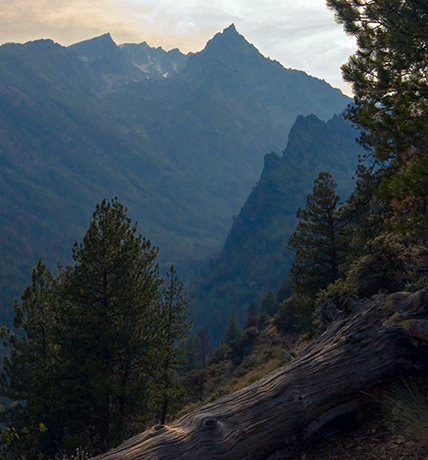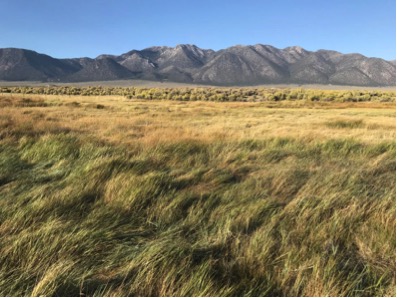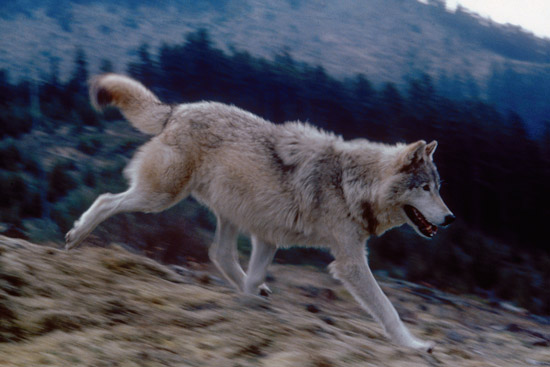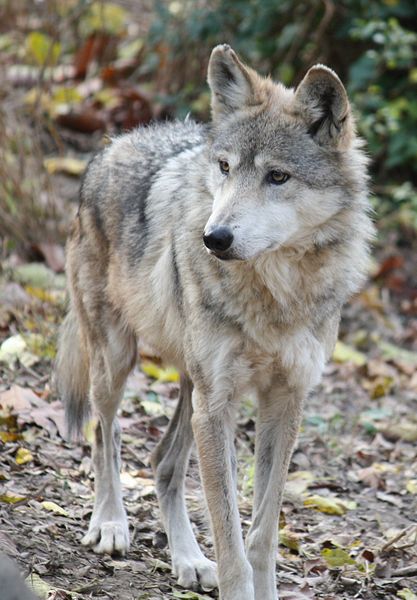-
Stream dried up for irrigation of livestock forage. Photo by George Wuerthner Recently the Greater Yellowstone Coalition (GYC) announced they were working to reduce the wildlife impacts of fences. Not by removing the fences, but by changing the wire on them to facilitate easier wildlife passage. Fences, as GYC, noted hinder wildlife migrations, and in…
-
The Trump administration is stampeding ahead with a rewrite of the regulations implementing the National Environmental Policy Act (NEPA). This landmark law requires federal agencies to study—and let the public weigh in on—the environmental impacts of federal actions. Ironically, given NEPA’s central purpose of including the public in environmental decision-making, the Trump administration is already…
-
Recently there has been a spate of commentaries advocating collaboration as a means of resolving issues surrounding which public lands should be given the “Gold Standard” of wilderness protection under the 1964 Wilderness Act. Advocates of collaboration, including some representatives of Montana’s various conservation organizations, argue that only collaboration can “resolve” the issues in today’s…
-
Recently the Idaho Fish and Game changed its rules to allow any hunter or trapper to kill up to 30 wolves per year. And the state is considering a proposal to open much of the state to year-round wolf killing. In Montana, the MDFWP is discussing increases from 5 to 10 wolf tags for some…
-
Wilderness designation preserves many values. Designated wilderness is a storehouse for carbon and insurance against climate change. Wilderness preserves critical wildlife habitat and wildlife corridors. Wilderness provides for clean water and clean air. And, of course, designated wilderness protects the scenery and ecosystem integrity that supports Montana’s economy. However, there is yet another value preserved…
-
*This piece is authored by Talasi Brooks, Staff Attorney at Western Watersheds Project President Trump’s proposed new rollbacks of the National Environmental Policy Act (NEPA) regulations will not only accelerate destructive infrastructure projects, they will also cut environmental concerns out of decision-making for livestock grazing on millions of acres of public lands. Where environmental reviews do occur,…
-
(Written by Talasi Brooks) I recently testified before the Idaho Fish and Game Commission opposing proposals to increase wolf-killing and allow glorified wolf baiting in Idaho. I pointed out that since the Idaho Department of Fish and Game (IDFG) does not have a wolf population estimate based on radio collar data and aerial surveys, increasing…
-
Wolves are smart, family-oriented animals and science demonstrates that problems with livestock increase following wolf removals. So why does the government keep removing wolves in response to conflict with livestock and hope that solves the same problem? Right now, in the Gila National Forest, there is a wolf family that is facing a huge amount…



